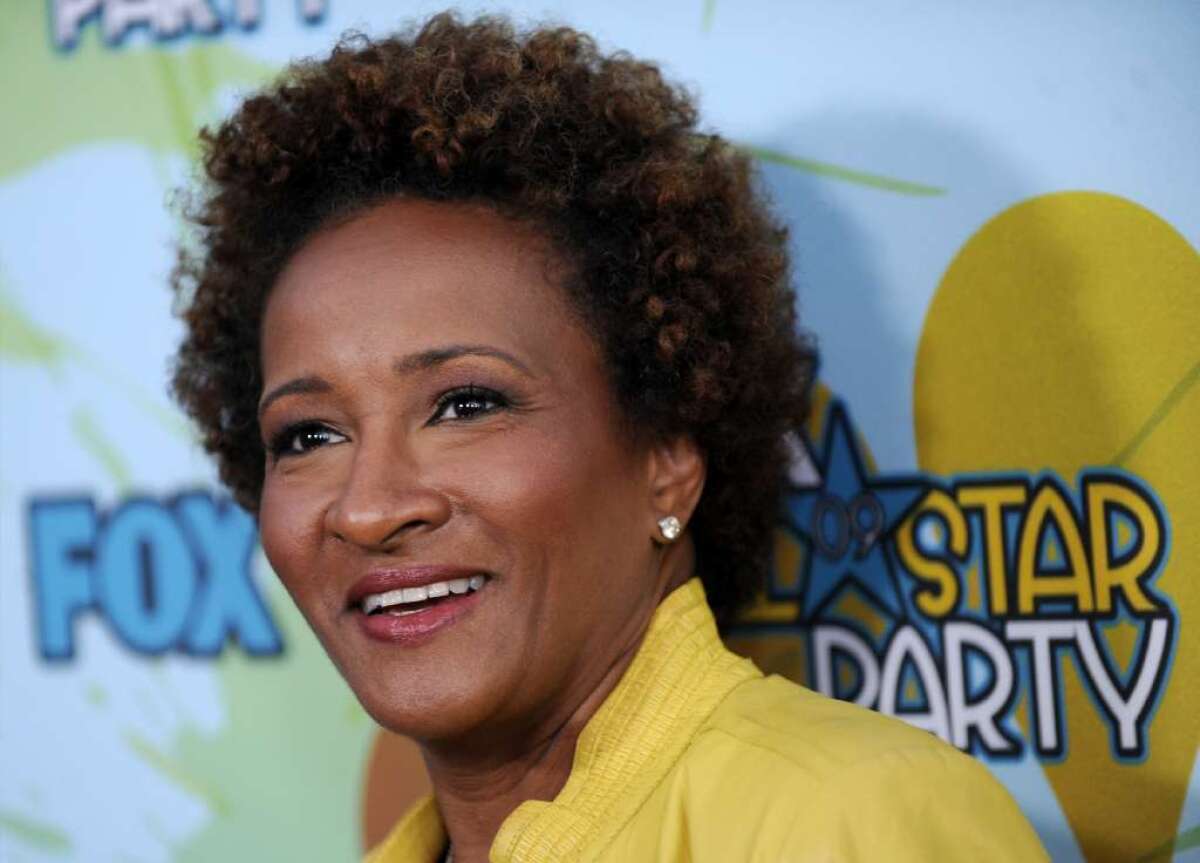Unnecessary mastectomies: Patients more fearful than they need to be

- Share via
If you’ve been diagnosed with breast cancer, the last thing you want is for it to come back. That sentiment goes a long way toward explaining why as many as 25% of women with breast cancer -- especially young women -- have been opting to have healthy breasts removed.
In an effort to dig deeper into patients’ decision-making process, researchers from Memorial Sloan-Kettering Cancer Center in New York and various schools and hospitals affiliated with Harvard developed a lengthy survey. They sent it to breast cancer survivors who were already part of on ongoing study tracking younger women who have been diagnosed with the disease. Responses from 123 women were included in the study, which was published in Tuesday’s edition of Annals of Internal Medicine.
The women who took the survey were between the ages of 26 and 40 when they got their diagnosis. All of them had breast cancer in just one breast -- most of the tumors were Stage 1 or Stage 2 – and all of them opted to have their healthy breast removed (a procedure known as a contralateral prophylactic mastectomy). When the women took the survey, they were an average of 2.1 years past their surgeries.
At first glance, their responses seem to tell a good-news story: 97% of them said they knew the risks and benefits of all of their options, 96% had a strong sense of which factors were most important to them, and 93% said they were sure that removing their healthy breast was the right decision for them.
Why did they take such drastic action? The desire to essentially eliminate any risk of cancer developing in the other breast was cited an “extremely important” or “very important” reason by 98% of the women. In addition, 95% said removing both breasts would give them peace of mind, and 94% believed that it would increase their odds of beating breast cancer and contribute to a longer life.
That doesn’t mean everything went completely smoothly -- 33% said they wound up needing more surgeries than they had expected, nearly the same proportion felt more self-conscious about their appearance than they’d thought they would, and 42% said their “sense of sexuality” was worse than they had anticipated. Still, 90% of the women said that if they could do it all again, they would still get the surgery.
So what’s the problem? The researchers suspect that at least some of these women decided to remove their healthy breasts under false pretenses. For instance, women who didn’t have any mutations in the BRCA1 or BRCA2 genes that would put them at higher risk of developing breast cancer estimated that they had a 10% chance of finding a new tumor in their healthy breast over the next five years; the actual risk is only 2% to 4%, according to the study.
Similarly, the women did not seem to fully grasp that they could keep their healthy breast and have the same long-term odds of surviving breast cancer. An editorial that accompanied the study noted that over a 20-year period, no more than 1% of those who decide to keep their healthy breast later die because their breast cancer has spread there.
The survey found that 87% of the women recalled being “extremely concerned” or “very concerned” about the prospect of cancer showing up in their healthy breast at the time they made their decision. This anxiety may have colored their decision-making process, the researchers wrote. It probably didn’t help that only 51% said their doctors talked with them about reasons not to have the surgery.
“Anxiety and fear of recurrence probably influence women during the decision-making process,” the researchers concluded. Doctors may not be telling these women that their risk of developing cancer in a healthy breast is “relatively low.” Even if they are told, they may be “unable to comprehend their low risk.”
The editorial, written by two doctors from the University of Minnesota, put things more bluntly: The high levels of “patient satisfaction” in the survey could be due to women’s “erroneous estimations” of their future breast cancer risk.
“With improved patient education, perhaps the CPM [contralateral prophylactic mastectomy] trends in the United States will plateau or be reversed,” they concluded.
Return to Science Now.
ALSO:
Wanda Sykes’ double mastectomy is aggressive treatment for DCIS
Women told they have breast ‘cancer’ more likely to want surgery
Inspired by mother’s death, Ken Burns to make cancer documentary




